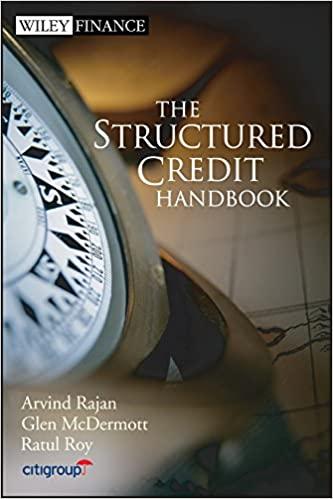Question
A supply chain for producing personal computers consists of three basic processes carried out in separate plants in close proximity to one another. The first
A supply chain for producing personal computers consists of three basic processes carried out in separate plants in close proximity to one another. The first process is the Panel Plant, which produces raw circuit boards. The second is the ECAT (Electronic Card Assembly and Test) Plant, which attaches the electronic components to the integrated circuit boards. The third is the Box Plant, which assembles the populated (stuffed) circuit boards into the computers. The capacities of the Panel, ECAT, and Box plants are 1,000, 1,000, and 950 per day measured in PC equivalents (e.g., if a PC requires two circuit boards, then a plant that produces 1,000 PC equivalents per day produces 2,000 circuit boards per day). Using current batch sizes and accounting for time to move parts from one plant to another, the raw process times (minimum average times for a batch to go through the plant and be delivered to the next plant) for the Panel, ECAT, and Box plants and 8 hours, 16 hours, and 12 hours. All three plants work 24 hours per day, 7 days per week. A. Suppose there is no yield loss at any of the plants. What are the bottleneck rate (BNR), raw process time (RPT), and critical WIP (CWIP) for this system? B. Now suppose that there is a 10 percent yield loss after ECAT. (That is, the last operation in ECAT process is a test, which indicates 10 percent of the boards are defective.) How does this change the BNR? If defective boards can go through the Panel and ECAT plants a second time (with the same process times the first pass) and yield on the second pass is 100 percent, what is the RPT? C. Compute the CWIP for the line with yield loss. Why is this number higher than that for the line without yield loss?
Step by Step Solution
There are 3 Steps involved in it
Step: 1

Get Instant Access to Expert-Tailored Solutions
See step-by-step solutions with expert insights and AI powered tools for academic success
Step: 2

Step: 3

Ace Your Homework with AI
Get the answers you need in no time with our AI-driven, step-by-step assistance
Get Started


